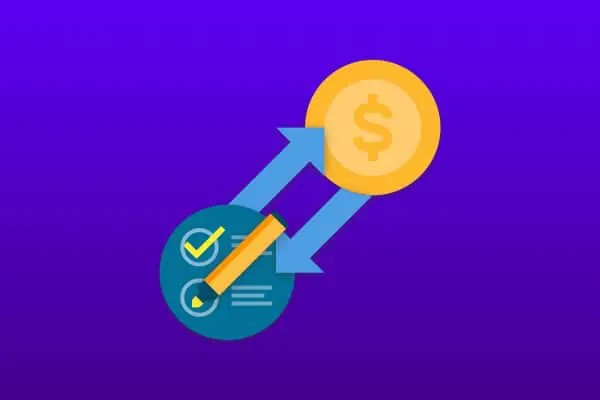I am frequently asked by entrepreneurs whether I think a startup should ask potential investors to sign a non-disclosure agreement (NDA). While the answer depends largely on the situation, my view is that in most cases an NDA is unnecessary if the only information being conveyed to potential investors is their company’s general business plan or overall market strategy.
Entrepreneurs generally tend to overestimate the need for an NDA in these situations. They will often seek to obtain NDAs from others, including potential investors, just to hear their business plan. This is often a waste of time and energy and can be a turnoff to potential investors. Many professional investors like VCs or even angels hear numerous business plans and will simply not sign an NDA to hear each one. If they did, they would be putting themselves at risk, because each time they sign a new NDA, they create the potential to be sued for an alleged breach of that NDA (whether they actually breached it or not). Given that there are so many businesses out there seeking their capital, it’s easier just to forgo hearing the pitch from a business that insists on the investor signing an NDA.
That said, an NDA can be very useful and highly necessary when there are genuine trade secrets or technical details that need to be protected (i.e. some kind of “secret sauce”). This could be in the form of a chemical formula, programming code, technical plans, or some other hard information where there is a genuine risk of misappropriation. Therefore, NDAs should generally only be used when conveying actual proprietary information that goes beyond mere discussions of overall business plans.
To get an investor’s perspective, I recommend that you read the following article by Aristos Peters, who raises funds for early stage startups: Why I don’t sign NDAs (usually).
———————————–
© 2011 Alexander J. Davie — This article is for general information only. The information presented should not be construed to be formal legal advice nor the formation of a lawyer/client relationship.




